Prologue
When George F Kennan wrote his ‘Long Telegram’ from the Moscow embassy in February 1946, soon after the death of the three-term president of the USA, Franklin Delano Roosevelt (FDR), it was early in arriving. The legendary President was one of the primary makers of the post-WW II international architecture of institutions that held up the post-war international order. Winston Churchill, wartime Prime Minister of Britain, was not yet ready to declare the ‘Cold War.’ Eventually, in another fortnight, he did that in a speech at the Westminster College in Missouri, the USA. Kennan’s formulation of ‘containment’ was a strategy against the Soviet Union and its coalition - called Warsaw Pact.
The Quadrilateral relationship – Quad for short – comprising the USA, India, Japan and Australia is geared towards ‘containment’ again – this time against China. Rise of China as an economic superpower and its process of consolidation and expansion has threatened the US the most in terms of its hegemonic interest over the Indo-Pacific region and the Indian Ocean. By the same token, New Delhi, that has looked ‘small’ in the way China is increasing its influence in continental South Asia, is making forays to heighten its footprint in the region that Beijing has considered its own backyard. This is thus a ‘coalition of willing’ of the four powers. For the other two, Japan and Australia have their own axes to grind in the Indo-Pacific.
Apparently, this may seem to be a fit case of clashes of interests between these four members of the Quad and China. But India has not shown the same eagerness to become a ‘regional policeman’ as it did in Rajiv Gandhi’s regime in the mid-1980’s. Instead, it has sought to create a group that can provide ‘stability’ in a potential battlefront with China as it seeks to become a military superpower by 2049 on the occasion of 100-year anniversary of China being liberated by communist forces, thus leading to the formation of People’s Republic of China (PRC).
New Delhi has designed to make the Quad counter maritime insecurity, proliferation of Weapons of Mass Destruction (WMD) and terrorism. India is on a short leash trying to define the objectives of the new alliance in a way that doesn’t directly threaten the Chinese elite leadership and their People’s Liberation Army (PLA). That country too has an apprehension of the post-1989 Tienanmen Square generations who have found solace in a kind of hyper-nationalism, as evident in various social media fora. In other words, if this population is made to call at arms, it could prove a disaster for not just the ‘regional’ security and stability, but would also have global ramifications.
Clearly, India recognises the limitations of its reach in the Indo-Pacific region that encompasses the high seas of the South China Sea (SCS). During a 2016 conference the Chief of Naval Staff (CNS), Admiral Sunil Lanba had stated that the Indian Navy (IN) did not have any scenario built for engagement with the Chinese Navy. Nor did the IN have the asset-capacity to patrol the Indo-Pacific region with any intensity. Instead, its primary task of looking after ‘national interest’ is in the littorals of what it calls the Indian Ocean Rim (IOR). This would entail the country to cater to its ‘strategic autonomy’ while avoiding any conflict, as both the big nations of Asia, China and India ‘rise’ peacefully.
These principles seem applicable to the US – for whom Beijing is like a bank of last resort since it holds nearly two trillion dollars of the declining superpower’s treasury bonds. The Chinese seem to enjoy the vicarious pleasure – though State policies are supposed to be made not on the basis of emotions but cold calculations – by enjoying a huge economic edge over Japan. Thus Tokyo, a former occupier of Chinese mainland, which seeks to rise from the ashes of the economic meltdown of 1990’s, needs hand-holding by the former subject nation. Australia, as the Western outpost in the Asian continent, is also a wedge in the Indo-Pacific security scaffolding called the Quad.
From One Camp to Another
India had been historically viewed as being against the idea of the USA enjoying privileges in the Eastern ‘near abroad’ and having the Indian Ocean included in its area of operation. On the other hand, anyone can recall Indira Gandhi’s discomfiture evidenced in periodically raising the Diego Garcia base of the US issue in public. The island base was originally owned by the British, later leased to the US government for its Seventh Fleet headquartered in Hawai since 1940.
Idea of India’s ‘Look East’ policy gained traction only during the Barack Obama Administration when he declared greater attention to what was called the ‘Indo-Pacific’ region. History suggests that the coinage of the term was credited to a British geographer and war strategist, Douglas H Mackinder. Even the naval strategist, Alfred Thayer Mahan, embraced the idea of Indo-Pacific. Mackinder and Mahan were almost in unity on the categorisation, being almost contemporaries in the late 19th century.
With the coming of the NDA II to power at New Delhi, Prime Minister Narendra Modi was more active in terms of the country’s national interest, thus transforming the notion of ‘Look East’ to ‘Act East.’ Along with Obama’s ‘pivot’ to what the Americans called the ‘Asia-Pacific’ and ‘rebalancing’ US policies towards the region from Europe and the Middle-East, India’s ‘Act East’ became to be known as the driving force in terms of trade, commerce and security.
Real Emergence of the Indo-Pacific
In the binary world of the two superpowers, before the breakdown and the breakup of the Soviet Union and its system evidenced in the functioning of Warsaw Pact, the Asia-Pacific was still a frontier in the gargantuan battles of the ‘Cold War.’
US dominance of the region was established in the institutional knowledge of the parties involved in the Quad as a memory of the demise of South East Asian Treaty Organisation (SEATO). The organisation that was made out to be the Eastern NATO was much weighed down by the US’s Vietnam War. While a detailed history of the organisation of States is not quite relevant here, one factor must not be discounted: The SEATO (formed in 1954) had amongst its members Australia and New Zealand, who according to the US State Department history, became members because of their presence on the Pacific Ocean, albeit being in the Southern hemisphere. They were bundled together to destroy any communist revolution in the Asia-Pacific, where China already was like a colossus. Pakistan had joined the organisation early on in search of US largesse to take on India, eventually leaving the organisation and join the band wagon of the Chinese, who is their current keeper of solvency.
Considering the fraught political transition in Europe and the Americas, Asia too is searching for a world order. India clearly is one of the primary movers of choices in the continent. Also, since it’s a member of Shanghai Cooperation Organsition (SCO) and the East Asia Summit (EAS), New Delhi would have the capability to safely balance between the rising power of China and occasional hyperpower of the US.
Russia, on the other hand, is a different kettle of fish. Though a majority of its military technology programmes was being to a large extent funded by China, it has by now understood that its influence amongst the younger lot of PLA officers – who can be called the post-MiG generation – are less inclined to cut corners for Russia. Instead, they prefer the Americans and the Israelis for their hardware. Moscow is hence seeking to emerge out of the zero-sum game in the sub-continent, by which it retains special, albeit intermittent, strategic partnerships. It also wishes to open the Pakistan line, thus riding on the back of China to Islamabad/Rawalpindi. While that is worrisome for India, it helps to choose its sides, albeit as a balancer.
Conclusion
A certain appreciation has found its way into the consciousness of some of the decision makers in New Delhi that the country has already yielded much space in Continental Asia to China. But is still in the game, in the maritime domain. A crucial element in India’s race for influence in the Asia-Pacific – a backyard of the regional hegemon – is like extending a deep dive into the realm of South East and parts of East Asia. China moved faster and nimbly in the South Asian region and is already reaping dividends. Rightly, Indo-Pacific is thus on the current drawing board of the country. It should behoove India to push for creating permanent institutions for the Indo-Pacific region, overseen by the Quad.
(Pinaki Bhattacharya is strategic security researcher and analyst.)
(Views expressed are of the author and do not necessarily reflect the views of the VIF)
Image Source: https://akm-img-a-in.tosshub.com/indiatoday/images/story/201711/story_647_110517023127.jpg

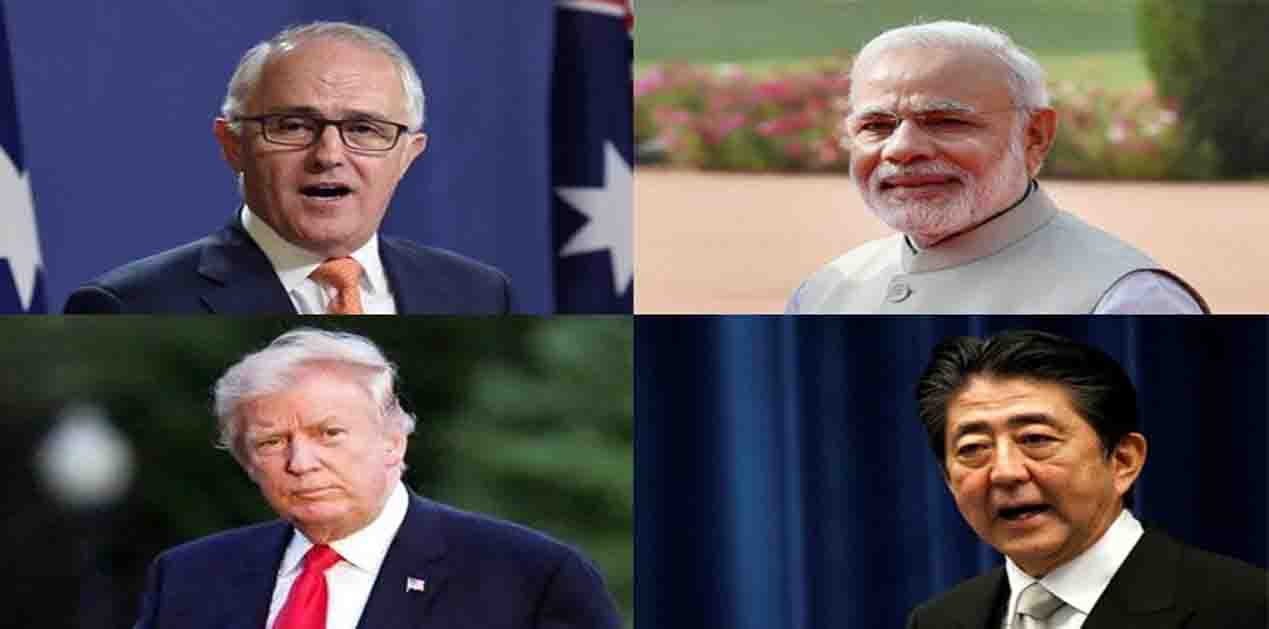
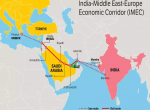
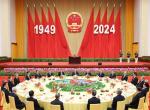
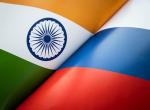
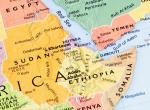




Post new comment